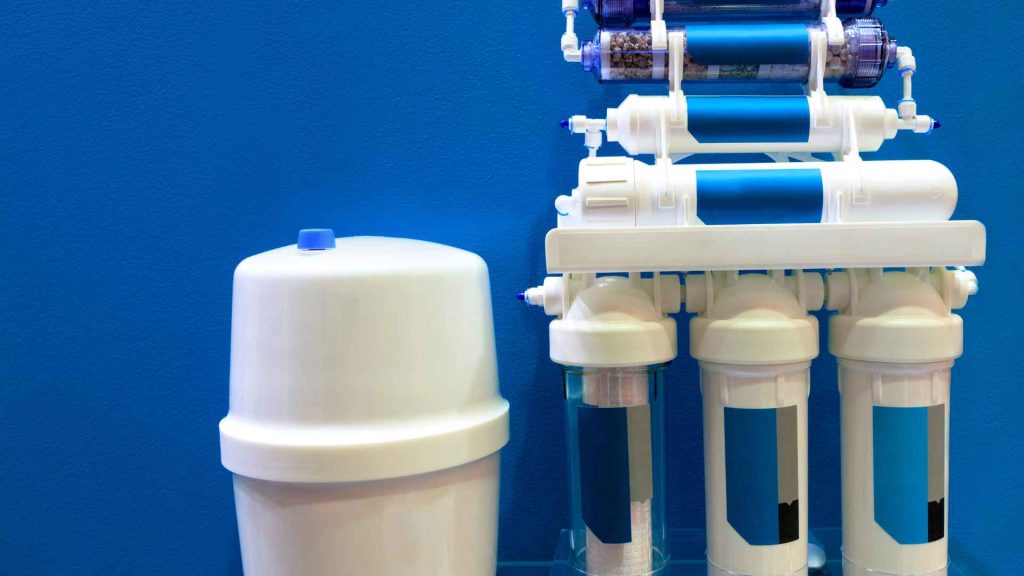
For sailors or outdoor adventurers, getting stuck at sea without access to drinkable water can be a real risk. That's why QuenchSea, an innovative travel tool, was created: to convert seawater into potable freshwater in case of emergency.
It works by pumping seawater through a narrow channel between two electrically charged membranes – one positively charged and the other negatively charged. As it passes, salt molecules and viruses are repelled into one channel but not back into the main one.
?What are the 3 types of water filters
If you need to eliminate chlorine taste or odor, soften water, prevent limescale buildup or ensure your drinking water is free of bacteria and viruses, there's a filter out there that can help. But before selecting one that works optimally, it's essential to understand different types of water filters and their workings.
Sediment filters are the most widely used water filters, designed to catch large dissolved solids larger than 10 microns (or about the size of a grain of sand). They can be used alone or in combination with other filters for maximum effectiveness.
Activated carbon is an efficient filter material for chlorine, chloroform, organic substances, sediment, agricultural chemicals and magnesium. It also absorbs tastes and odors to reduce them.
Ion exchange softens hard water by replacing calcium and magnesium ions with harmless ones such as sodium. It's a commonly found feature in home water softeners and deionization systems.
Mechanical filters use nylon floss, synthetic foam or pads to trap particles as they pass through. Generally, their micron rating depends on how quickly water passes through them.
?Is there a water filter for ocean water
Desalination is the most popular method for making ocean water drinkable, as it pushes seawater through a semi-permeable membrane that separates salt particles from the liquid.
Reverse osmosis, also known as reverse distillation, has many advantages but also some drawbacks. Firstly, it requires more energy than thermal distillation; secondly, it may suck sea life into plants and cause them to die; and finally, production costs are high.
Reverse osmosis is a straightforward process that uses pressure to push water through a semi-permeable membrane. Once the pressure is reduced, however, the passageway for water opens.
In addition to eliminating salt, this process also removes other minerals like iron and calcium. Furthermore, it makes water less odorless and tastes better as well.
One way to make seawater drinkable is by boiling it. This works well on a small scale, but takes an incredibly long time.
Other methods for making marine water filter system drinkable include electrolysis and UV-rays. While these processes can make ocean water much more palatable, they require a lot of energy and can be quite costly.
?What does the military use to filter water
The military requires an immense amount of water for many uses, including drinking, personal hygiene, medical and heat casualty treatment, field catering, decontamination, engine cooling, laundry – the list goes on! These needs vary based on operating environment and climate conditions.
For providing potable water on the battlefield, troops typically rely on reverse osmosis water purification units (ROWPUs). These can be stationary or mobile and come in various sizes with various features.
There are a number of companies that manufacture ROWPUs, some with a focus on military applications. AMPAC USA is an important supplier for both US and Allied forces alike when it comes to ROWPU production.
These systems use either single-pass or double-pass reverse osmosis technology to separate dissolved solids from water. Chlorine compounds are added to the pure water for storage and transport purposes, maintaining its sterility during storage and transportation.
Chemical treatment is an established way of making water safe, but it doesn't eliminate all contaminants present. For instance, iodine compounds can be employed to kill bacteria and viruses present in water, but they also leave other toxins behind.
